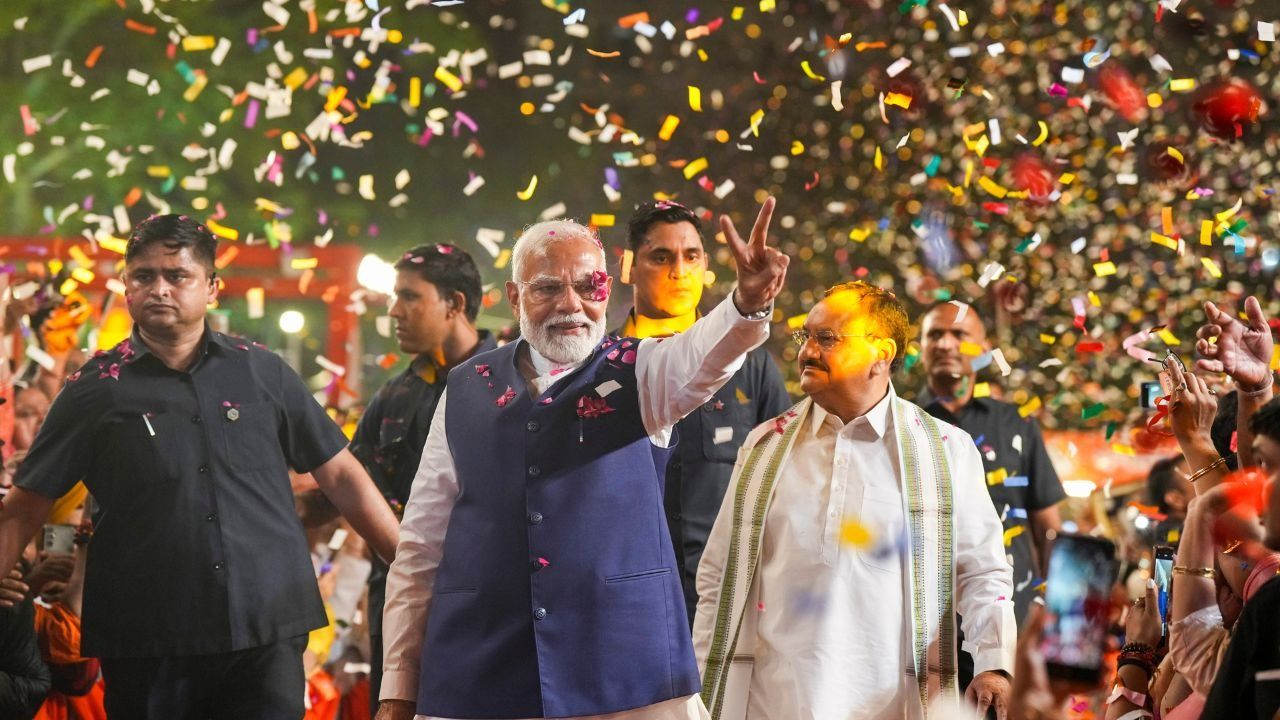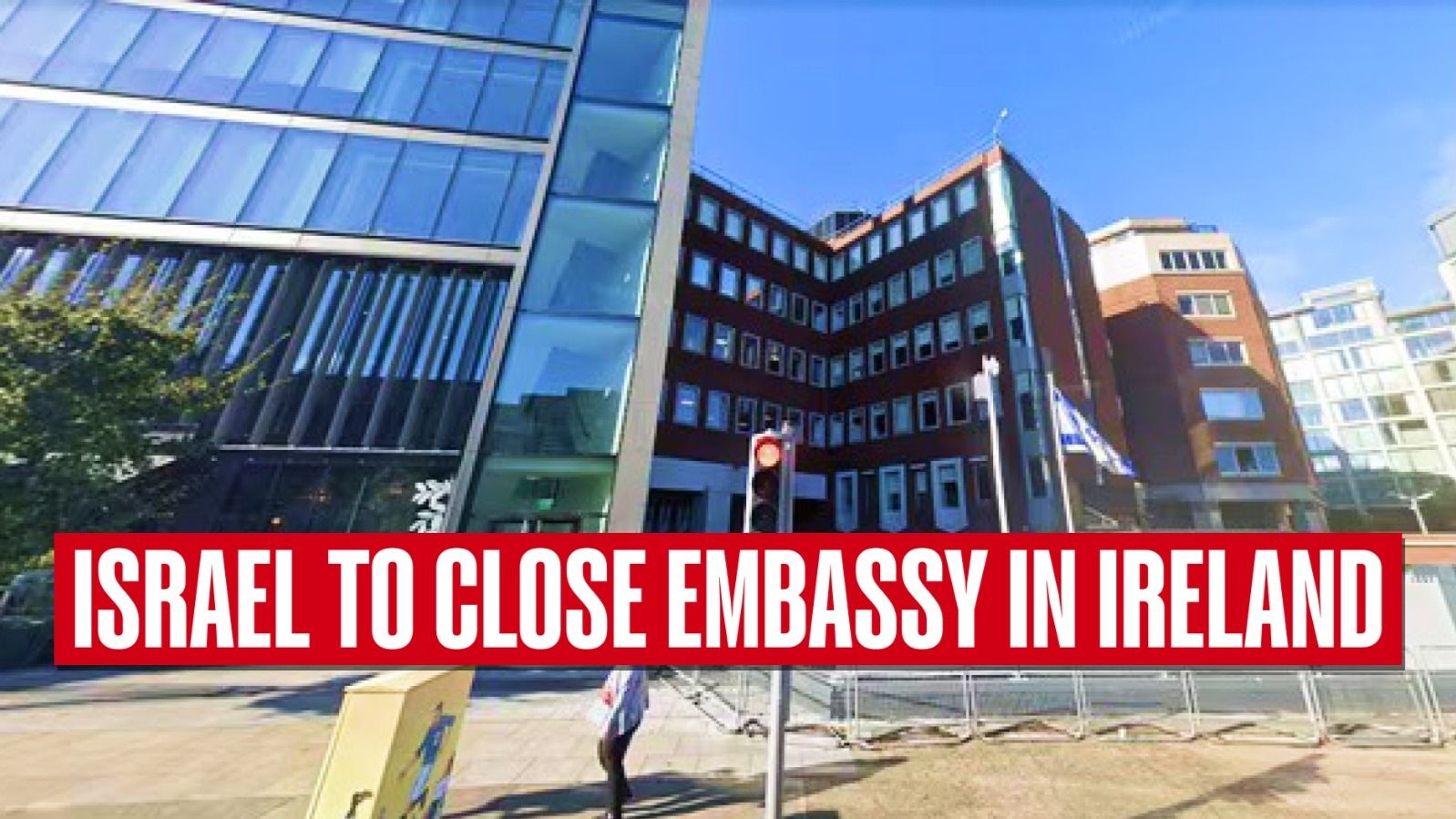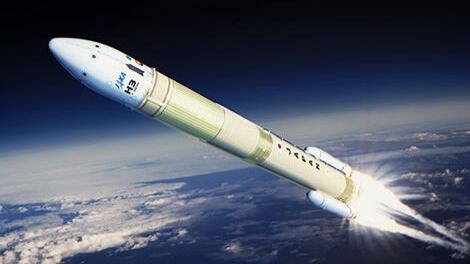New Delhi: Prime Minister-designate Narendra Modi is all set to take oath for the third time in a row on Sunday, June 9, at 7:15 pm. With this, Narendra Modi will be equalling the feat of first prime minister Jawaharlal Nehru, who won in 1952, 1957 and 1962 general elections.
While many predicted that Modi 3.0 will be ‘softer’ as the Bharatiya Janata Party has been unable to achieve a simple majority, the very first foreign policy move defies all predictions.
The Bharatiya Janata Party scored 240 in just-concluded Lok Sabha elections, 32 short of simple majority, making it dependent on NDA allies to form the government. In the current situation, parties like Nitish Kumar-led Janata Dal United and N Chandrababu Naidu-led Telugu Desam Party have taken up the kingmakers role, while the BJP is trying to accommodate them in the new cabinet of Narendra Modi.
Modi 3.0’s First Foreign Policy Move
Almost entire south-Asia has gathered in New Delhi ahead of Narendra Modi‘s swearing-in ceremony. Leaders from India’s neighbourhood and the Indian Ocean Region are among the dignitaries and special invitees expected to attend the swearing-in ceremony at the Rashtrapati Bhavan at 7.15 pm.
Sri Lanka President Ranil Wickremesinghe, President of Maldives Mohamed Muizzu, Vice-President of Seychelles Ahmed Afif, Bangladesh Prime Minister Sheikh Hasina, Prime Minister of Mauritius Pravind Kumar Jugnauth, Prime Minister of Nepal Pushpa Kamal Dahal ‘Prachanda’ and Prime Minister of Bhutan Tshering Tobgay have accepted invitations to the ceremony.
The invitation to South Asian leaders reflect India’s commitment to its ‘Neighbourhood First’ policy, said that Foreign Ministry. “The visit of the leaders to attend the swearing-in ceremony of Prime Minister Narendra Modi for his third consecutive term is in keeping with the highest priority accorded by India to its ‘Neighbourhood First’ policy and ‘SAGAR’ vision,” the Ministry of External Affairs said in a statement.
A Surprise Guest
Among the foreign leaders, Maldives President Mohamed Muizzu’s visit came as a surprise as it came against the backdrop of the ties between India and the Maldives witnessing significant strain. It is Muizzu’s first visit to India after he became the island nation’s president on November 17 last year.
The ties between India and the Maldives came under severe strain after Muizzu, known for his pro-China leanings, took charge of the top office. Within hours of his oath, he had demanded the withdrawal of Indian military personnel from his country. The Indian military personnel were replaced by civilians earlier this month.
A Continued Tradition
The leaders of the regional grouping SAARC (South Asian Association for Regional Cooperation) attended Modi’s first swearing-in as the prime minister after a massive electoral victory for the BJP in 2014.
Leaders of the BIMSTEC (Bay of Bengal Initiative for Multi-Sectoral Technical and Economic Cooperation) countries attended Modi’s swearing-in ceremony in 2019 when he became prime minister for the second consecutive term.
In 2024, seven state heads are in the national capital for Modi’s swearing-in. Security has been stepped up with Delhi Police imposing prohibitory orders and the national capital has been declared a no-flying zone for June 9 and 10 for the ceremony.
What Has Changed?
The swearing-in of PM-designate Narendra Modi appears to be similar as it was in 2014 and 2019 with the Rashtrapati Bhavan all-decked up, and foreign dignitaries landing in the national capital to attend the grand-oath taking event.
One major difference is the presence of Pakistan. While almost the entire south-Asian leaders are in Delhi, Pakistan is the one being left-out. The Narendra Modi government had adopted a zero-tolerance policy for terrorism, with outgoing External Affairs Minister Dr S Jaishankar firmly saying, “Victims of terrorism do not sit together with perpetrators of terrorism to discuss terrorism.”
In 2014, then-Pakistan PM Nawaz Sharif was invited to the swearing-in ceremony of Prime Minsiter Modi. Modi even flew down to Pakistan to attend Sharif’s granddaughter marriage ceremony. However, after the Pulwama terror attack which claimed the life of 40 security personnel, the ties between the two countries have downgraded significantly.
While Modi received congratulatory message from leaders across the world, there has been no customary message from Islamabad.
On the eastern front, China also seems to be uncomfortable with Modi’s return, as the Chinese head of state is still to wish him. Chinese Foreign Ministry said, “Congratulations to Prime Minister @narendramodi, BJP and the National Democratic Alliance on the election victory. We look forward to a healthy & stable China-India relationship.” To this, the Indian External Affairs Ministry said that New Delhi will progress to normalise ties with Beijing on the basis of “mutual respect, mutual interest and mutual sensitivity”.
The landscape of south-Asian region on Sunday, June 9, would be a clear signal to the entire world with 7 state-heads along with PM Narendra Modi present in India’s capital, while Pakistan and China seemingly cornered.
In Its First Foreign Policy Move, Modi 3.0 Has A Stern Message For Pakistan, China world-news, indian-foreign-policy World News | Latest International Global World News | Todays Breaking News Headlines




